5 things I learnt from the Assassin's Creed movie's home release (including the alternate ending)
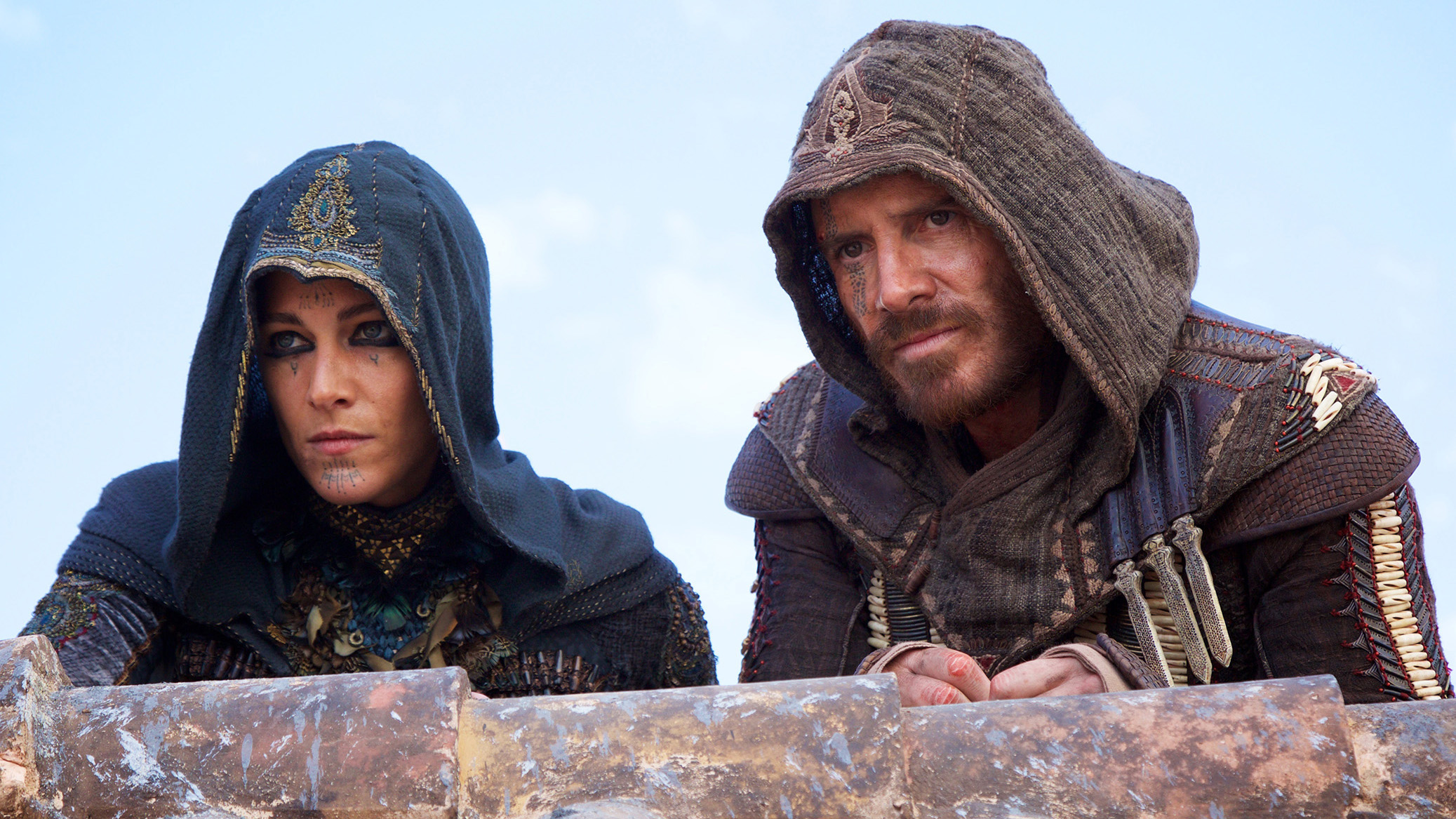
The Assassin’s Creed movie is out now on DVD and Blu-ray in the US but because the UK has to wait until May 15 for full synchronisation, I’ve cast an eye over all the deleted scenes and behind the scenes info. It turns out that, like most Hollywood blockbusters the movie could actually have been a very different experience with a last-minute character removal and a slightly cheesier alternate ending. Here they are in six handy bite of the Apple of Eden chunks.
1. There were 4 game Assassins in the original cut
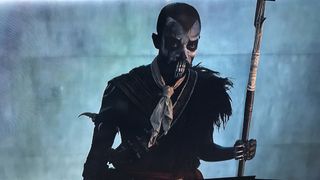
While the Assassin’s Creed movie centres around Michael Fassbender’s Callum Lynch and his unknown Assassin ancestor Aguilar, the other Abstergo prisoners all have more recognisable ancestors from the games themselves. Michael K. Williams’ Moussa is Baptiste from Assassin’s Creed Liberation, while other members of the modern day Brotherhood are linked to Black Flag’s Duncan Walpole, Chronicles China’s Shao Jun, and Revelations’ Yusuf Tazim. They all feature in their full historical form in a deleted scene where Cal is just sitting trying to have lunch. To see more than just Baptiste above, check out the game Assassins you never got to see in the Assassin’s Creed movie.
2. A young Assassin called Lara was removed from the final cut
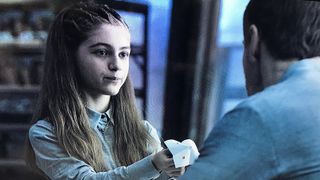
Potentially the most interesting of all the behind-the-scenes info is a character called Lara being pulled from the film at a very late stage. Clearly an inmate of Abstergo but undergoing adoption of a sort by Marion Cotillard’s Sophia Rikkin, Lara, played by Octavia-Selena Alexandru, is fourteen and frequently drawn towards talking to Callum. In one deleted scene she interacts him with one of those childhood staple origami fortune tellers (see above to unlock that memory of yours), while in another she holds a hand up to the glass of Lynch’s cell.
“The business with her [Lara] was that she was a mysterious character that created kind of a shimmer through scenes but didn’t really contribute to what was going on in the core of the movie,” explains editor Christopher Tellefsen in a deleted scenes conversation with director Justin Kurzel. “That was the key problem with the character.” From watching a couple of other deleted scenes it becomes clear that Lara is a descendant of Aguilar’s partner in crime, Maria. It’s never discussed in the behind-the-scenes chat but the fact that Lara is fourteen and clearly has memories of being Maria with Cal’s ancestor Aguilar might have just been a little, well, questionable.
While the original idea was that Lara was an example of someone who knew she was an Assassin at a young age and couldn’t be converted by just being around Templars, she just confused the plot of the movie. She clearly wasn’t worth it just to push a nature vs nurture angle when it comes to Templars and the Brotherhood. “It was complicating the relationship. It made it kind of murky. She was almost too compelling. She veered things away from the core,” says Tellefsen. Given how many deleted scenes there are - and a version of the ending where she escapes alongside the Assassins - the decision to pull her from the movie clearly happened exceptionally late.
3. Brendan Gleeson had a bigger role with an AC boomstick
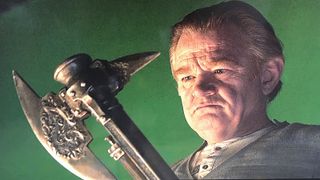
It turns out that Joseph Lynch, Cal’s father and, more importantly the brilliant Brendan Gleeson, armed up for the final Abstergo battle in an alternate version of the showdown with the Templars. A deleted scene shows some lavish attention to detail of the weapons of the series as he arms himself with pistols and bombs, each engraved with the Assassin’s logo before smashing his way into a glass case with Arno Dorian’s Guillotine Gun from AC: Unity. Despite this being an impressively nasty blunderbuss combo-ed up with a razor sharp axe, Lynch is taken down by Abstergo guards and ends up gifting Cal his mother’s necklace with his dying breath.
4. The alternate ending is all about family

Also included in the deleted scenes is an alternate ending that doesn’t just include Lara escaping with the crew but also stars Cal’s mother. While all the other Assassins have already dived off the London skyline (presumably into the sequel-lined haycart below), Cal lingers for a few seconds and sees his mother standing on another rooftop. Given that it’s one of the parts of the film that just didn’t gel with me from the get go, this is a welcome cut. The fact that Mary Lynch would let her husband kill her so as not to be targeted by Abstergo just seemed utterly contrived already. A far more morally grey situation where perhaps she was a secret hidden Templar would have been far more attractive. Thankfully, as it stands, this cheddar-flavoured ending never made the final cut and we saw a lone Cal leaping off to join the rest of the modern day Brotherhood. Phew.
Sign up to the SFX Newsletter
Get sneak previews, exclusive competitions and details of special events each month!
5. Green screen is incredible but these stunts look sore
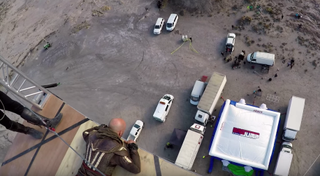
There’s a slew of deleted scenes around the final fight in Abstergo and nearly all of them still involve wires and green screen, but you can see just how much physicality was involved for the actors. Michael K. Williams said he’d practiced for days to do his fight sequences, while Fassbender’s climbing scenes might have a safety wire but all definitely involve painful looking actual clambering. Throw in behind-the-scenes shots of the Assassins scrabbling down rooftops in the baking sun in Malta and the incredible wire-free 120ft leap of faith and it looks like a hell of a lot of bruises were involved in the shoot.
Assassin's Creed is available on DVD and Blu-ray now in the US and from May 15, 217 in the UK.
Images: 20th Century Fox
Louise Blain is a journalist and broadcaster specialising in gaming, technology, and entertainment. She is the presenter of BBC Radio 3’s monthly Sound of Gaming show and has a weekly consumer tech slot on BBC Radio Scotland. She can also be found on BBC Radio 4, BBC Five Live, Netflix UK's YouTube Channel, and on The Evolution of Horror podcast. As well as her work on GamesRadar, Louise writes for NME, T3, and TechRadar. When she’s not working, you can probably find her watching horror movies or playing an Assassin’s Creed game and getting distracted by Photo Mode.
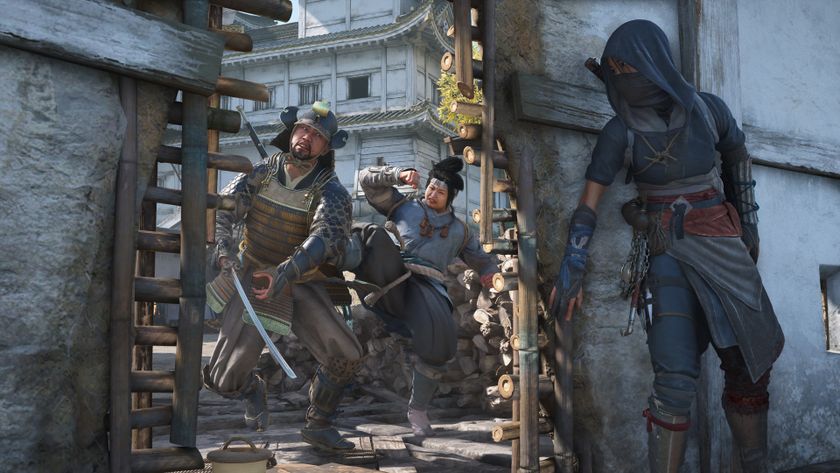
Assassin's Creed Shadows devs "actively looking at" an even harder difficulty mode for the RPG: "How challenging do you want it?"
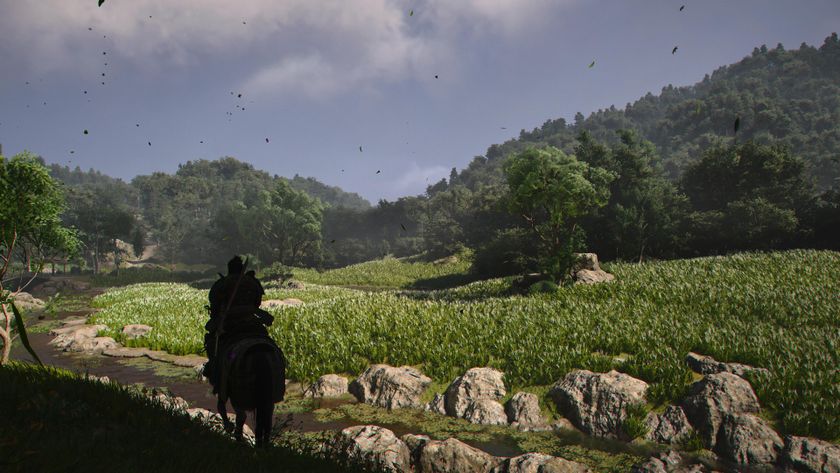
Assassin's Creed Shadows' delays were mostly used to polish the RPG, creative director confirms, not for deeper changes brought about by Star Wars Outlaws reaction











